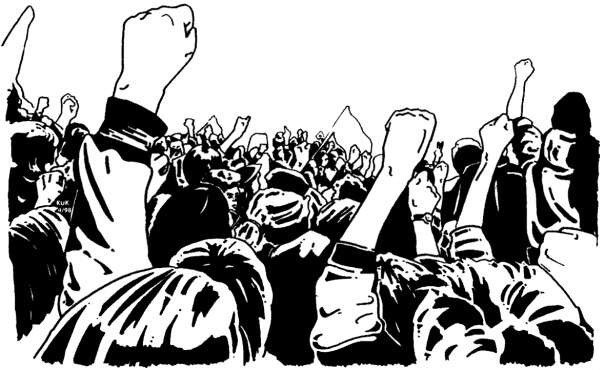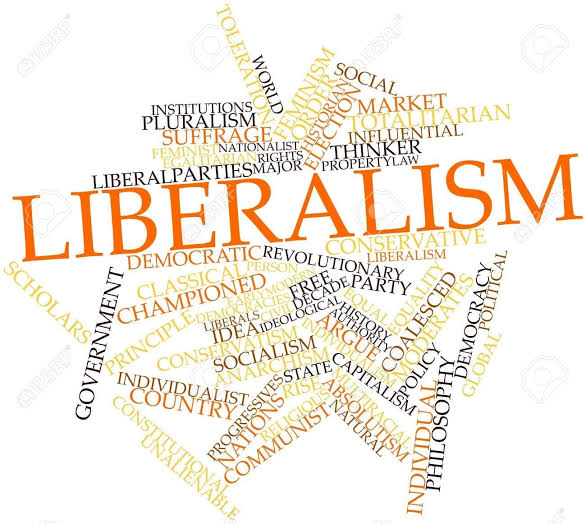Lagos versus Iran: The Hijab and selective activism by Bashir Lucas Samson Lukman
The Lagos State Government had directed all schools in the state to allow the wearing of Hijab…
The Lagos State Government had directed all schools in the state to allow the wearing of Hijab for female students willing to. The directive came about six months after the Supreme Court affirmed that banning the Hijab was an act of discrimination against Muslim students. In October 2014, Justice Modupe Onyeabor, in her judgment, ruled that banning the wearing of hijab on school uniforms within and outside the school premises was not discriminatory.
Whether a woman should wear the hijab, where and where the Hijab should be allowed, and if Muslim women wear the Hijab out of compulsion has been a subject of discourse in different parts of the world. Oftentimes, this is discussed within the context of freedom, rights, and diversity. The actions of many Western Media and some government policies question what constitutes rights, when and where do they apply, or whether they are selective.
The death of 22-year-old Mahsa Amini re-ignited anti-Hijab protests in Iran. This series of protests have been supported by Western Media in Iran and other places where a relatively few, when compared to the majority, demand that not using the Hijab should be decriminalized. They support these protests citing the need to protect human rights and freedom. However, while some women are protesting against the wearing of Hijab in Iran, most Muslim women in France are protesting against the ban on Hijab. What a twist!
Since 2010, France has banned the use of Niqab in public spaces. Violators risk a fine of €150. While the Hijab is not banned in public spaces, it is prohibited in government buildings, including schools and universities. John Lichfield explained that President Jacques Chirac’s decision to ban all religious signs from state schools was targeted at girls wearing Muslim headscarves. The French government backs up its decision with its laws on laws on laïcité (secularism).
Muslims continue to campaign for the rights of Women to use the Hijab in the West but the media downplay these campaigns, giving protests again the Hijab the most attention. If it is the right of a few Iranians not to want to wear the Hijab, why then is it not the right of a Muslim woman in the west to want to use the Hijab. These double standards also explain why it took the Lagos State Government about six months to implement a court ruling that approves the use of Hijab in schools. If the reverse was the case, the order would be executed with immediate effect.
It is a thing of surprise that Muslims have to go to court to demand that their children are allowed to use the Hijab in schools in the South-Western Part of Nigeria where the people have been exposed to Islam about 400 years before the coming of the missionaries. Not just that, many of these states have been governed by Muslims. This exposes us to the reality of Muslims in the South-Eastern part of Nigeria where Islam is being treated as something foreign. Lagos has approved the use of Hijab, the campaign must be taken to the South-East as well.
Bashir Lucas Samson Lukman






